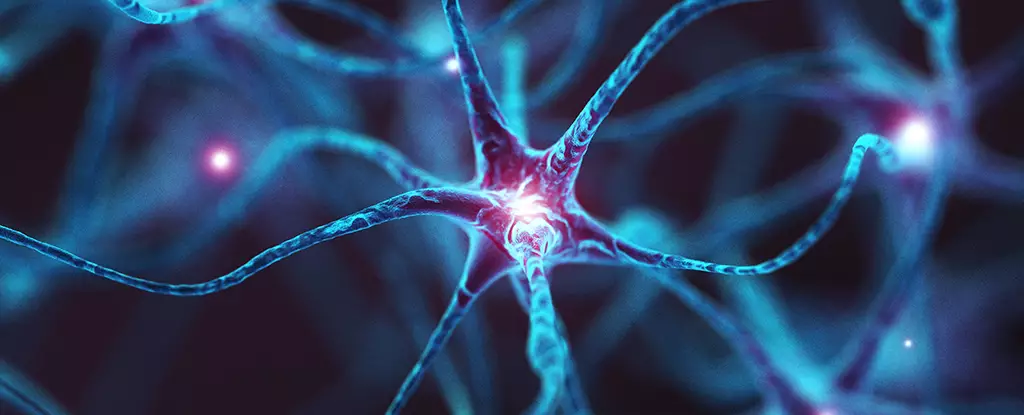Alzheimer’s disease is a complex neurological condition that poses a significant challenge to researchers due to the intricate nature of the brain’s biological processes. Recent research has focused on exploring the role of the protein contactin-4 (CNTN4) in relation to Alzheimer’s disease, shedding light on a crucial brain process that may be involved in the development of this debilitating condition.
CNTN4 is a protein that is believed to play a role in the formation of neuronal networks in the brain. In a study conducted on mice, researchers discovered that the interaction between CNTN4 and the amyloid precursor protein (APP) is essential for neural elongation, a process vital for the proper growth and connection of neurons. This finding highlights the significance of CNTN4 in modulating factors associated with Alzheimer’s disease, expanding our understanding of the protein’s role beyond its known link to autism.
By knocking out the gene responsible for CNTN4 production in the motor cortex of mice, researchers observed abnormal neuronal development due to disrupted neural elongation. The collaborative effort between CNTN4 and APP in controlling neural elongation was further elucidated through experiments using human cells grown in lab settings. Despite disabling CNTN4 production leading to reduced levels of APP, there was a partial compensation mechanism between the two proteins, hinting at a complex relationship with broader implications for neurodegenerative diseases.
The discovery of the CNTN4-APP interaction opens up new avenues for research in understanding the underlying mechanisms of Alzheimer’s disease. Future studies aim to delve deeper into the intricacies of this relationship, exploring how the molecules of CNTN4 and APP interact and influence neural activity. This investigation not only holds promise for advancing our knowledge of Alzheimer’s disease but also presents the opportunity to uncover potential connections between Alzheimer’s and autism.
The intricate web of biological processes within the brain presents researchers with a challenging yet rewarding puzzle to solve in the quest to unravel the mysteries of Alzheimer’s disease. The newfound understanding of the role of CNTN4 in neuronal network formation and its interaction with APP offers a glimpse into the complex mechanisms underlying neurodegenerative conditions. By continuing to explore the implications of the CNTN4-APP relationship, researchers are paving the way for innovative strategies in the treatment and prevention of Alzheimer’s disease.


Leave a Reply